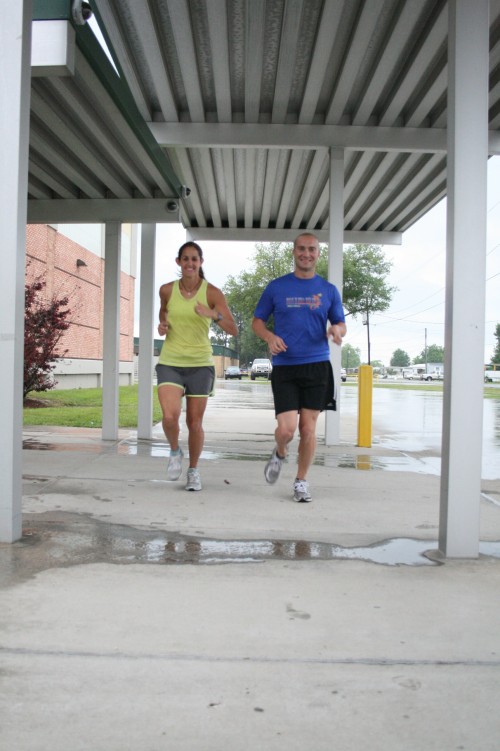
Pounding the Pavement
May 2, 2012
Envie captures south La.’s freshest flavors
May 2, 2012Wayne Brunet has been an athlete almost his entire life. A full-time personal trainer at Snap Fitness, he’s been running for about four years and helps others prepare for long-distance races and reaching running goals. For the unfamiliar runner, he has a few tips:
For those not accustomed to running, start with bike riding, swimming or the elliptical. “It’s a lot of pounding on the joints,” Brunet says. “The legs have to be strengthened before they just jump into running.”
Do not ignore what your body is telling you. “I’m a big advocate of listening to your body. Your body tells you what it needs. When you feel good, do what you can and when you’re sore and your body hurts, that means to back off a little bit.”
Make practical goals. “Pick one realistic race a few months from now – not one this weekend.”
Vary your measurements. Rotate between distance and timed running. If you run a particular distance one week, don’t run based on distance next week; run for a set period of time. “If you’re set in your measurements someone can get a preconceived notion in their head of, ‘This is how far I can run,’ and ‘If I think I can run a mile I’ll shut down at that mark instead of going further when I can.’”
Do “dynamic stretches” before a run and “static stretches” afterwards. “Dynamic stretching is stretching through movement,” said Brunet. “Your traditional static stretches are where you hold positions for 20 seconds or so,”
Posture is important. Before running, Brunet suggest standing perfectly erect (your head should be aligned with your heels); once you’ve done that, begin to lean forward on the balls of your feet until you are forced to take your first step. That is the posture you should keep as you run, using shorter, more comfortable steps because longer steps will require more energy. Also remember to keep your hips tucked under so you aren’t hunched over. “Long distance running can be very taxing if it’s done wrong. You want to put your body in a position of least resistance. When you are exerting the least amount of effort you’ll naturally run longer.”



